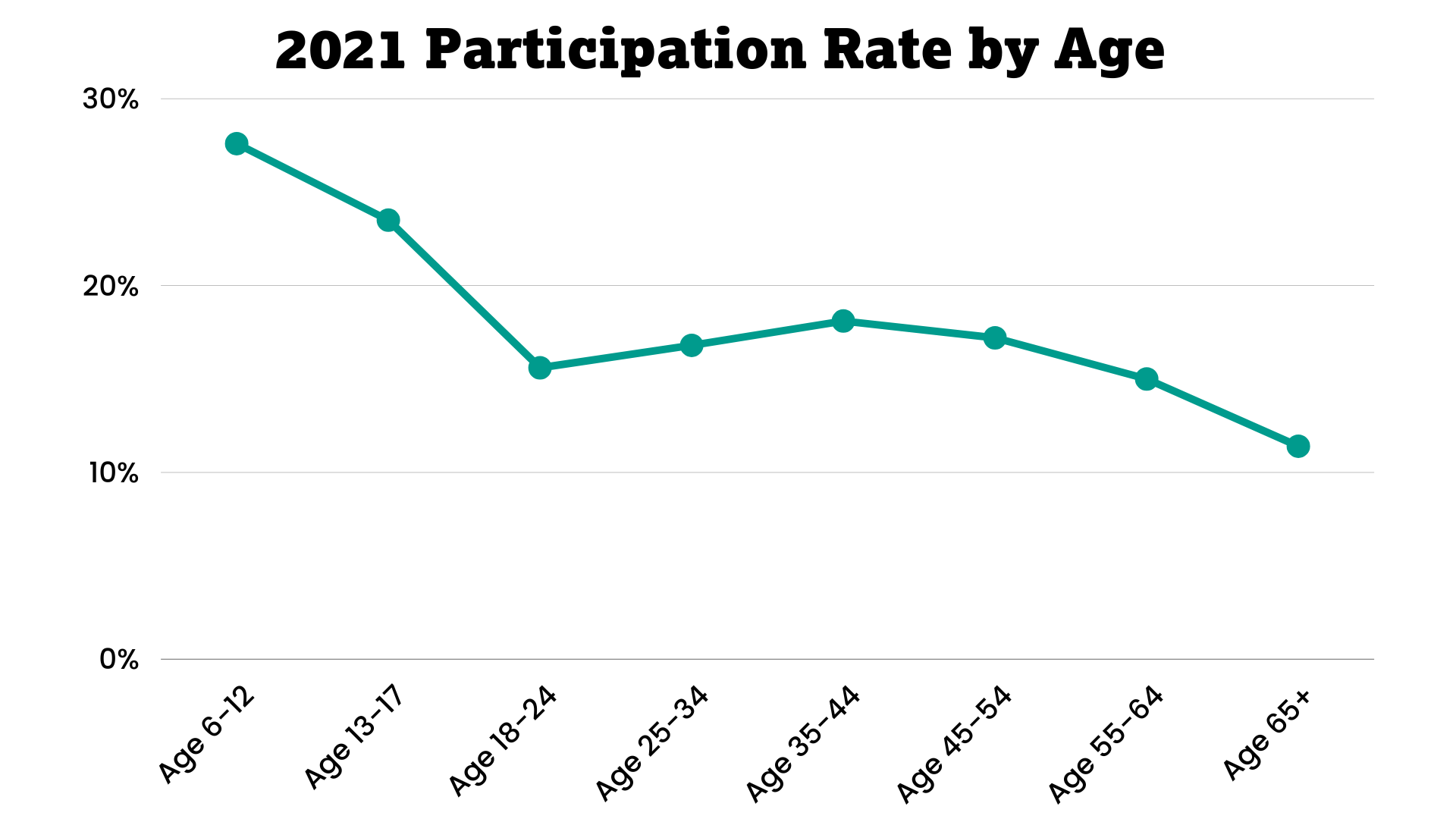Special Report Spotlight: Hooking the Next Generation
By Elizabeth Greener
Jan 04, 2023
The release of the Special Report on Fishing 2022 is an important milestone each year to reflect on the comprehensive trends and growth around fishing and boating, and for the industry to plan and strategize for the future. No other audience is more important in this exercise than young anglers.
The release of the Special Report on Fishing 2022 is an important milestone each year to reflect on the comprehensive trends and growth around fishing and boating, and for the industry to plan and strategize for the future. No other audience is more important in this exercise than young anglers.
Looking back, of the 52.4 million people that participated in fishing last year—15 percent were between the ages of 6 to 12 and 9 percent were between 13 to 17 years old. Collectively, youths and teens represent nearly one in every four fishing participants.

Introducing fishing at a young age is critically important to building a lifelong love of the sport and growing participation overall. When asked, nearly all avid anglers will tell you they were introduced to fishing during childhood. In fact, 86 percent of all current fishing participants first fished before the age of 12. Related, fishing participation by adults is higher when there are children in the household. Twenty-one percent of households with children ages 1 to 17 participated in 2021, versus just 14 percent of households without. Children inspire a day on the water.
More specifically, 7.9 million children fished in 2021, slightly lower than record-setting 2020, yet still higher than pre-pandemic years, showcasing a deeper trend that the COVID pandemic simply accelerated. Adolescents (ages 13 – 17) followed a similar course with 5 million fishing in 2021, growing on average 5 percent each year since 2018. Of the first-time fishing participants, 23 percent were between 6 and 17 years old.
There is also a strong cohort of active and occasional anglers among younger people—on average, youths made 13 annual outings, while adolescents made 18 outings.
Despite these strong youth numbers, participation rates among young adults, ages 18 to 24, drops by nearly half in comparison. With technology, such as video games and social media apps, and many other competing priorities, this age bracket has the lowest participation.

Continuing to grow and importantly, retain, youth and teen participation throughout their life is critical to the long-term success of the sport and the industry. Building a foundational love of being on the water with rod in hand as a kid, can mean more for participation as adults and ensure the tradition is passed on to the next generation.
RBFF continues to prioritize youth in its marketing and communications efforts. From our First Catch Centers to our longstanding alliance with Disney and TikTok channel, we are working to keep the sport relevant and exciting among kids and their parents. For a deeper understanding of our youth outreach efforts and target audience, explore RBFF's Annual Report which provides a detailed look at Take Me Fishing's campaign activities and results.
For state and industry partners, there is more you can do to hook and reel in young anglers and keep them coming back to the water:
- Sponsor a Mobile First Catch Center to help bring fishing education programs to metropolitan areas
- Share our Angler Academy YouTube playlist which includes videos aimed at introducing fishing to young children
- Learn more about trends in youth participation over the last decade

